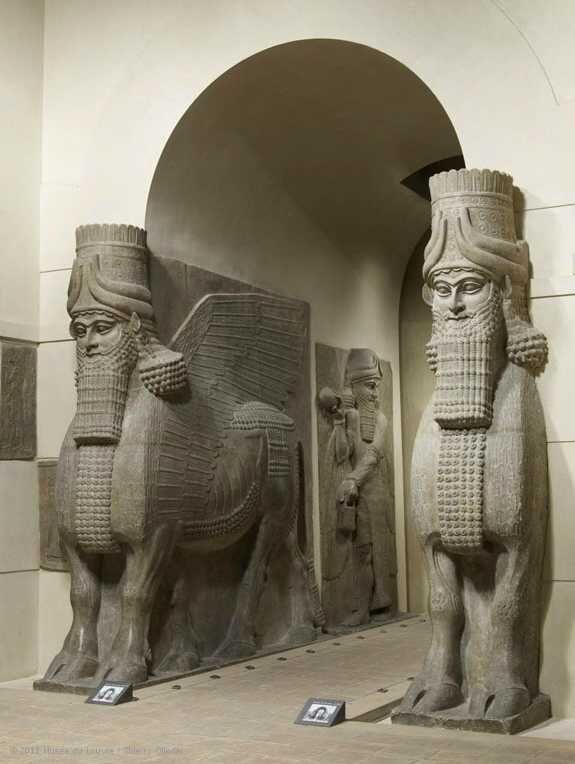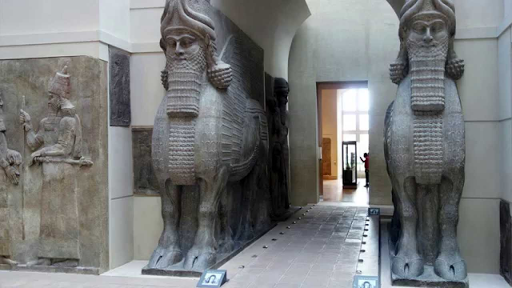The Fourth plinth is the northwest plinth in Trafalgar Square in central LondonIt was originally intended to hold an equestrian statue of William IV but remained bare due to insufficient fundsFor over 150 years the fate of the plinth was debated. The sarcophagus which would have originally contained cremated human remains was discovered during the course of archaeological excavations in the Banditaccia necropolis of ancient Caere during the.

Lamassu Backstory Article Assyrian Khan Academy
Originally unearthed in Rome and displayed in the Borghese Gallery it was sold to the occupying French and now sits in the Louvre.

. The story has one more interesting. Hermaphroditus was actually a popular subject of paintings and statuary even if modern audiences are less comfortable with the topic than the ancient Greeks and Romans were. In 1998 the Royal Society for the encouragement of Arts Manufactures and Commerce RSA commissioned three.
Although today principally a museum of cultural art objects and antiquities the British Museum was founded as a universal museumIts foundations lie in the will of the Anglo-Irish physician and naturalist Sir Hans Sloane 16601753 a London-based doctor and scientist from UlsterDuring the course of his lifetime and particularly after he married the widow of a wealthy. The Sarcophagus of the Spouses is an anthropoid human-shaped painted terracotta sarcophagus found in the ancient Etruscan city of Caere now Cerveteri Italy.

Lamassu Symbol For Protection Indrosphere
Colossal Lamassu Sculpture From The Palace Of Sargon Ii At Khorsabad Sargon Ii Google Arts Culture
Human Headed Winged Bull Lamassu Assyrian Neo Assyrian The Metropolitan Museum Of Art

Lamassu History 2701 Wiki Fandom

Lamassus At The Louvre Thatmuse
Human Headed Winged Lion Lamassu Assyrian Neo Assyrian The Metropolitan Museum Of Art

Lamassu From The Citadel Of Sargon Ii Video Khan Academy

25 Lamassu From The Citadel Of Sargon Ii Dur Sharrukin Modern Iraq Ap Art History
0 comments
Post a Comment